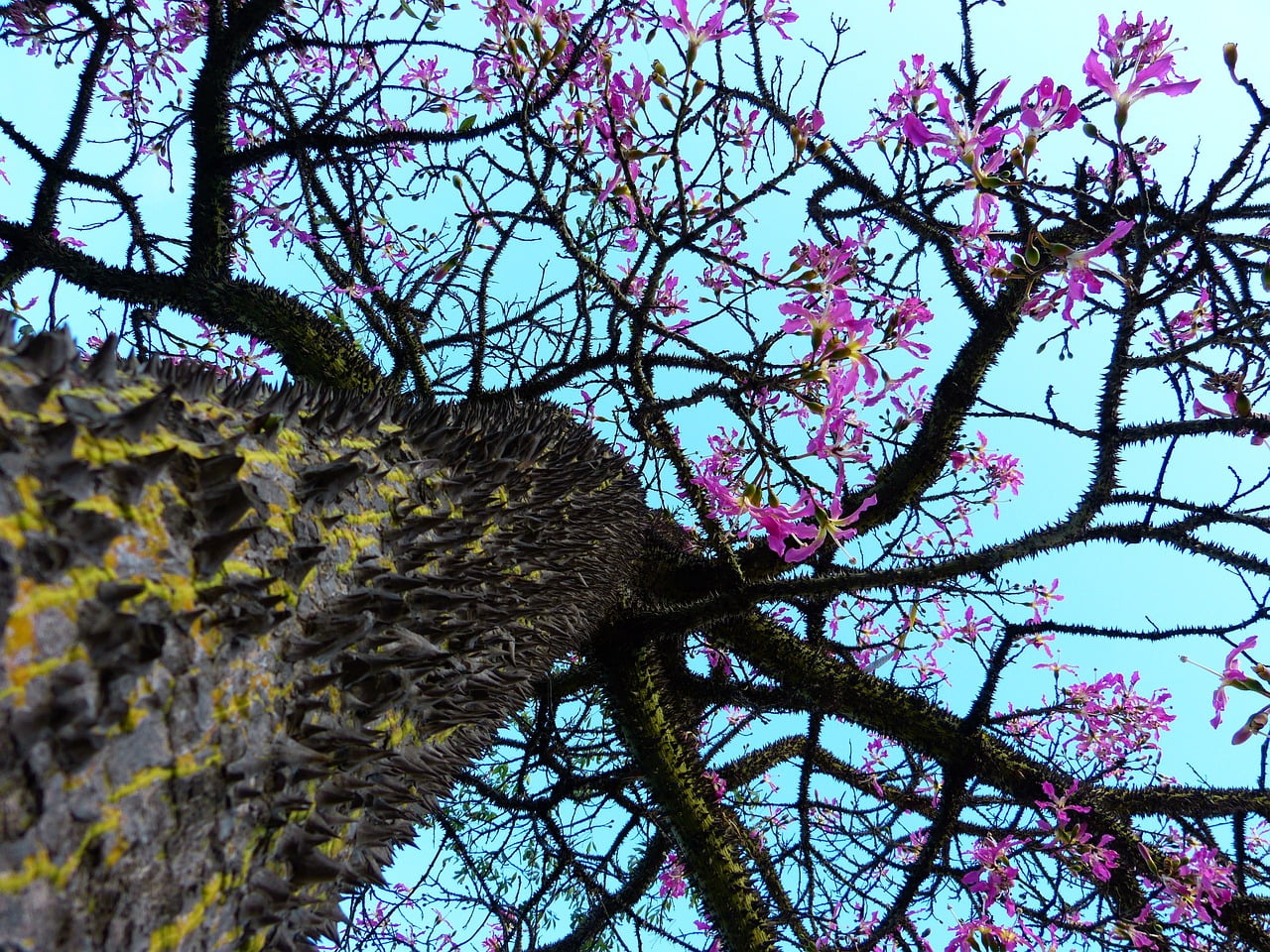
Kapok Tree and Planting: A Guide to Cultivating Nature’s Wonder
Table of Contents
- Introduction
- Understanding the Kapok Tree
- The Kapok Tree’s Ecological Significance
- Preparing for Planting
- 4.1 Selecting the Right Location
- 4.2 Soil Preparation
- Obtaining Kapok Tree Seeds
- Planting Your Kapok Tree
- 6.1 Sowing Kapok Seeds
- 6.2 Caring for Young Seedlings
- Growth and Maintenance
- 7.1 Pruning and Trimming
- 7.2 Pest and Disease Management
- Celebrating the Kapok Tree
- The Symbolism of Kapok Trees
- Conclusion
- FAQs: Your Kapok Tree Queries Answered
Introduction
The Kapok tree, also known as Ceiba pentandra, stands as a testament to nature’s marvel. This majestic tree is not only a symbol of strength and endurance but also a vital player in the ecosystem. In this comprehensive guide, we will explore the wonders of the Kapok tree and the art of planting and nurturing this magnificent species.
Understanding the Kapok Tree
2.1 The Kapok’s Grandeur
The Kapok tree, native to the rainforests of Central and South America, is renowned for its towering height, sometimes reaching up to 200 feet. Its buttress roots, massive trunk, and vibrant green canopy make it a captivating sight.
2.2 Unique Features
The Kapok tree’s most distinctive feature is its fluffy, cotton-like fibers that surround its seeds. These fibers, once used in life vests and pillows, are buoyant and water-resistant.
The Kapok Tree’s Ecological Significance
3.1 Biodiversity Support
Kapok trees play a crucial role in maintaining biodiversity by providing a habitat for a variety of wildlife, including birds, insects, and mammals.
3.2 Carbon Sink
Their enormous size allows Kapok trees to absorb and store substantial amounts of carbon dioxide, mitigating the effects of climate change.
Preparing for Planting
4.1 Selecting the Right Location
Choose a sunny location with well-draining soil to ensure your Kapok tree thrives.
4.2 Soil Preparation
Prepare the soil by loosening it and adding organic matter to improve fertility.
Obtaining Kapok Tree Seeds
To begin your journey with Kapok trees, you’ll need to obtain viable seeds. These can often be found online or at local nurseries.
Planting Your Kapok Tree
6.1 Sowing Kapok Seeds
Plant the seeds in a pot or directly in the ground, ensuring they are well-spaced and not buried too deep.
6.2 Caring for Young Seedlings
Keep the soil consistently moist but not waterlogged. Seedlings will require protection from strong winds and direct sunlight.
Growth and Maintenance
7.1 Pruning and Trimming
As your Kapok tree grows, occasional pruning and trimming are necessary to maintain its shape and health.
7.2 Pest and Disease Management
Be vigilant for pests and diseases, and address any issues promptly to ensure the tree’s longevity.
Celebrating the Kapok Tree
Kapok trees have cultural and spiritual significance in many regions. They are often celebrated in local festivals and ceremonies.
The Symbolism of Kapok Trees
In various cultures, the Kapok tree symbolizes strength, resilience, and the interconnectedness of all life.
Conclusion
Planting and nurturing a Kapok tree is not just a horticultural endeavor; it’s a commitment to the environment and an appreciation of the wonders of nature. As your Kapok tree grows, it will stand as a testament to your dedication to preserving our planet’s beauty and biodiversity.
FAQs: Your Kapok Tree Queries Answered
- How tall can a Kapok tree grow?
Kapok trees can reach heights of up to 200 feet, depending on their growing conditions. - Are Kapok trees suitable for urban gardens?
While Kapok trees are majestic, they require ample space and are better suited for spacious landscapes rather than small urban gardens. - How long does it take for a Kapok tree to mature and produce its cotton-like fibers?
Kapok trees typically start producing cotton-like fibers after about five to ten years. - Are Kapok trees endangered?
While Kapok trees are not currently classified as endangered, deforestation in their native habitats threatens their populations. - Can I use Kapok fiber for crafting or stuffing pillows and cushions?
While this was historically done, it’s not recommended today due to the availability of more sustainable materials.